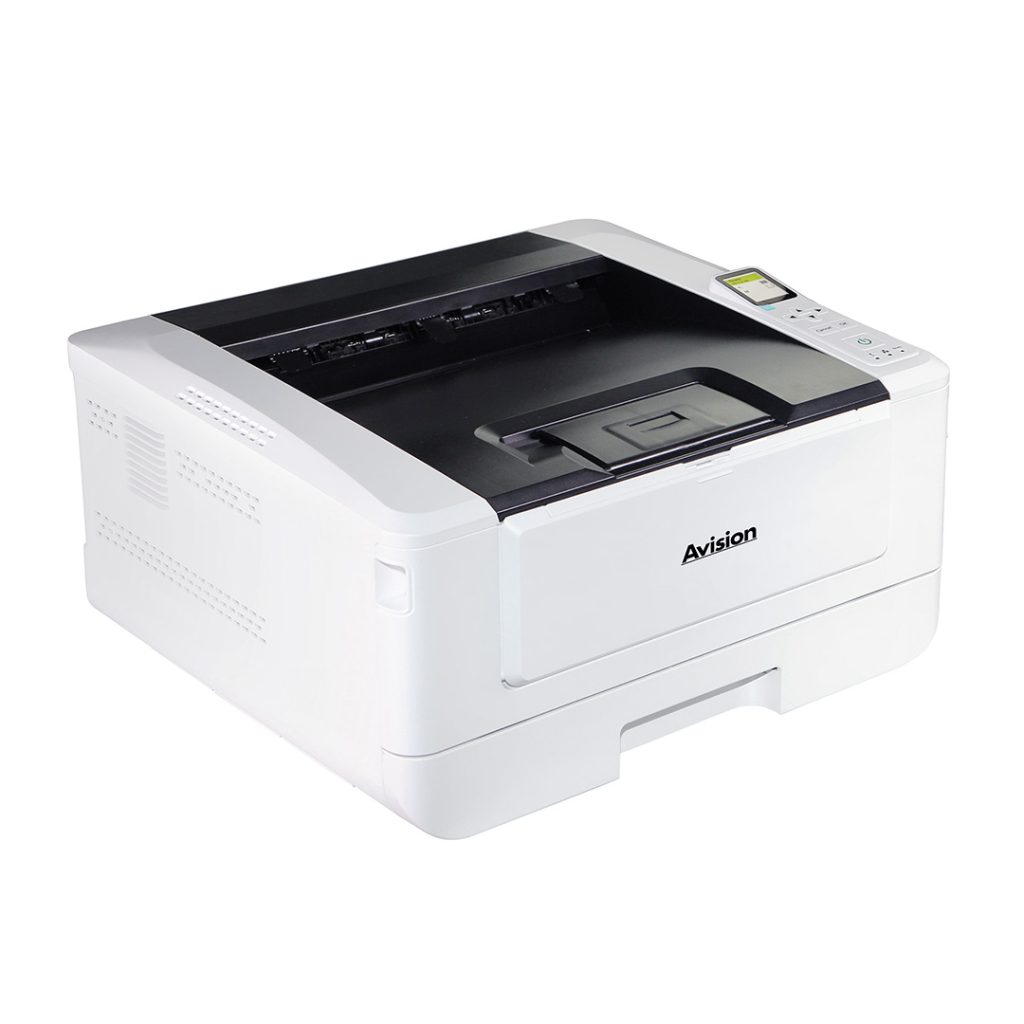Types of Photocopier Machines: A Comprehensive Guide to Office Copiers
Often referred to as a Xerox machine, photocopiers are essential productivity tools that allow offices to duplicate paper documents quickly and efficiently. Most modern copiers use a process known as xerography, which uses electrostatic charges on a drum to attract and then transfer toner particles onto paper.
Many of the models that Officeology sells are multifunctional, combining copying, scanning, printing and faxing into one device. Let’s take a closer look at the types of MFPs that are available today:
Digital photocopiers
Digital photocopiers leverage the latest in technological advances, enabling them to perform better and faster than their analog counterparts. They utilize a scan-once-print-many process that digitizes a document, then stores it in a memory that can be printed multiple times without losing quality or requiring the original document again.
The digitized document is then printed with toner onto paper, a process that resembles printing from a laser printer. As a result, digital machines are less mechanical and have fewer parts susceptible to wear and tear over time. This also allows them to print higher resolution documents with finer gradation and more accurate color reproduction.
Thue may photocopy hcm often feature networking capabilities that allow them to serve as multifunction printers and scanners with seamless integration into workflow processes. This reduces the number of devices in your office and can save you money on energy costs. They are also more environmentally friendly than their analog counterparts, with features like automatic or timed shutdowns and sleep mode that significantly reduce their energy consumption. They also typically use less paper than analog machines, reducing waste and saving resources.

Multifunction printers (MFPs)
A multifunction printer (MFP) acts as a photocopier, scanner, printer and fax machine, all in one. They’re ideal for businesses that want to reduce their print volume and consolidate their office equipment into a single device.
MFPs can scan documents directly to your computer, meaning that you won’t have to make a trip back and forth between your desk and the equipment room when it’s time to upload your files. They also typically offer a range of software features that enable them to integrate with popular cloud-based services, simplifying document management and storage.
Most MFPs offer basic Print, Copy, Scan and Fax functionality, with a smaller number offering more advanced document processing capabilities like faxing, scanning and simple OCR. Some MFPs can print on a variety of paper types and sizes, and some are capable of printing on both sides of the page, making them particularly useful for organisations that process large volumes of documentation. MFPs that support PictBridge allow users to print images straight from digital cameras. This is especially beneficial for photographers and those that print family photos!
Color photocopiers
If your business needs to make copies in color, you need a high-quality machine that can produce vivid and accurate copies. Depending on the scope of your copying, you may require special features like embedded holograms to prevent fraud. Other considerations include print speed and the quality of your paper. You may also need to set rules on what can be copied and printed in color so employees don’t waste supplies.
Digital color copiers use a scanning system to mirror an original document’s image onto a drum. This image is then fused with static electricity to a sheet of toner, which is then transferred to paper using a heated element. The result is a copy that’s almost identical to the original. Digital color copier machines are more expensive than their analog counterparts, but they offer higher print quality and productivity. They are also better suited for larger copying volumes. Some models can function as scanners and printers, making them multifunctional devices. Xerox first introduced the xerographic process in 1949, and its copier technology has since become a genericized trademark, leading to the term “Xeroxing”. Other manufacturers have adapted the technology to produce their own Xerox-like copiers.
Office photocopiers
Whether you need to print documents in black and white or colour, there’s a copy machine that can handle the task. You can either purchase one outright or lease it. Many businesses opt for leasing as it eliminates initial costs and helps them to avoid depreciation.
Some office photocopiers can also function as scanners and laser printers, offering high-quality results. The dual functions of these machines boost efficiency by eliminating the need to move papers between multiple devices. In addition, they reduce costs by reducing the number of devices that need to be powered and maintained.
Consider the number of users you will have to use the copier, as this will determine how much it can handle on a daily basis. You may want to choose a model that can be networked, which allows your employees to access it from anywhere. Additionally, consider security features like S/MIME encryption and self-healing firmware to prevent data breaches and to aid recovery in the event of a breach. You might also want a model with finishing options that allow for stapling, booklet making and hole punching.
Production photocopiers
Unlike desktop printers, copier machines can often print double-sided documents and include an automatic document feeder that enables you to scan multiple pages at once. These features help to save time and money. Many copier manufacturers offer customizable settings that allow you to print in black and white or color as needed.
Workgroup copiers are ideal for smaller offices that need several types of functionality, including fax and scanning. They typically have a high output speed and are easy to use. Some all-in-one copiers also allow you to send scanned documents directly to your computer without any additional software programs.
High-volume production photocopiers are typically used for high-volume printing in copy shops and post offices. They can handle a high number of copies per minute and are easy to navigate with touch screens, card reader attachments and departmental accounting capabilities. They can even produce comb-bound reports and saddle-stitched catalogs. These machines have very low cost-per-page (CPP) rates. Many have higher graphics specs than office printers, which may make them suitable for graphically-intensive projects. They may also feature an embedded hologram that helps to detect unauthorized copying or counterfeiting, as is the case with some driver’s licenses and university degrees and transcripts.
